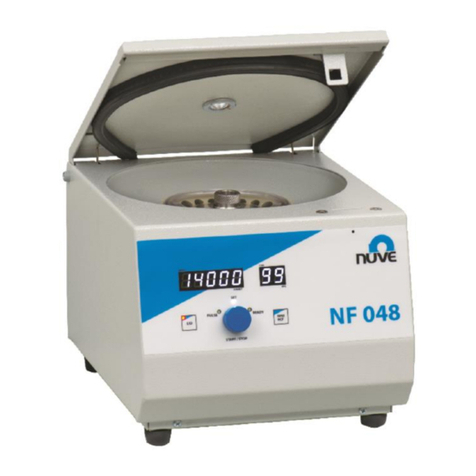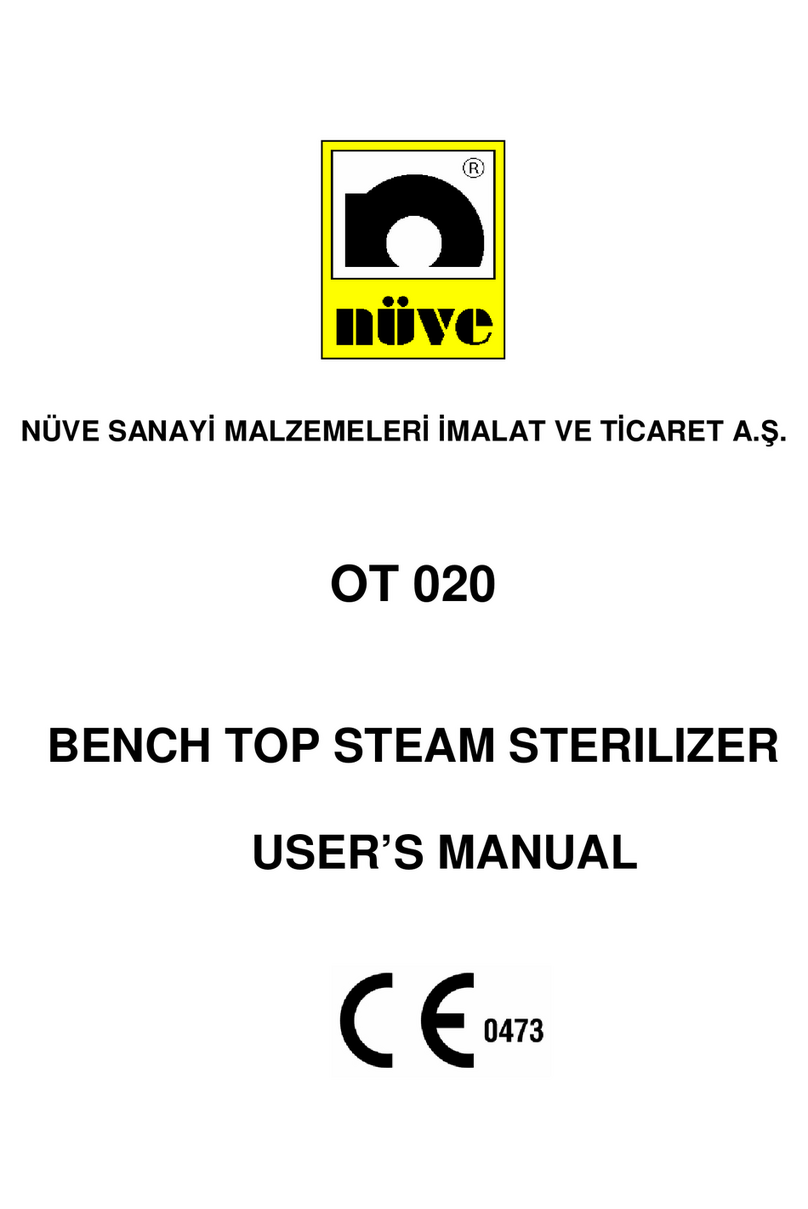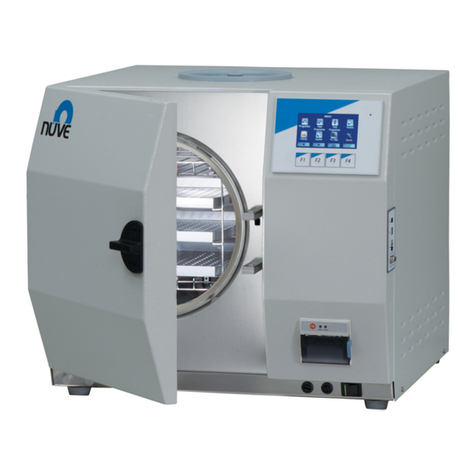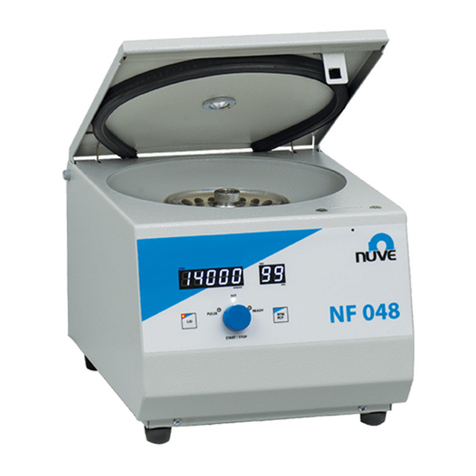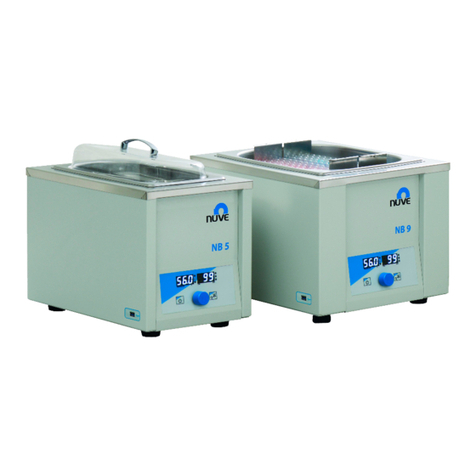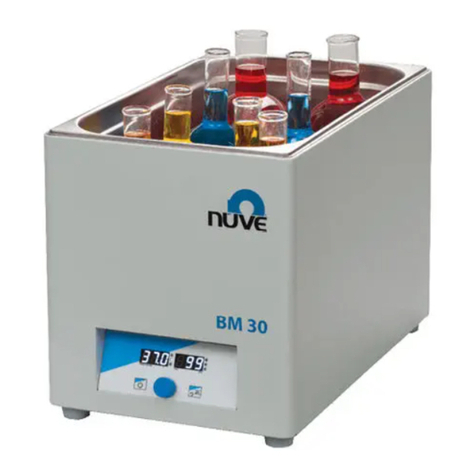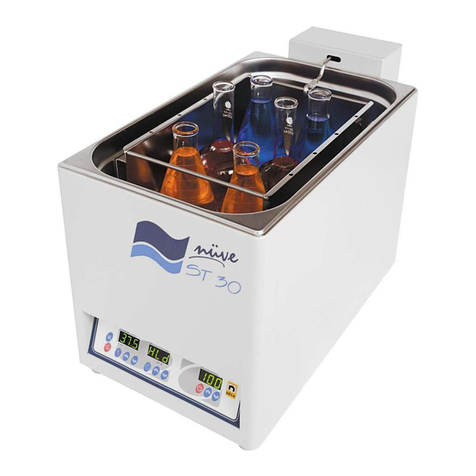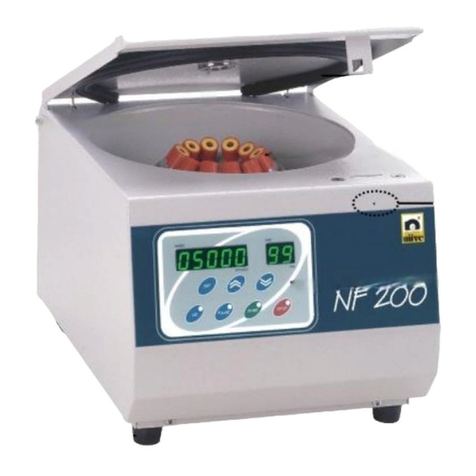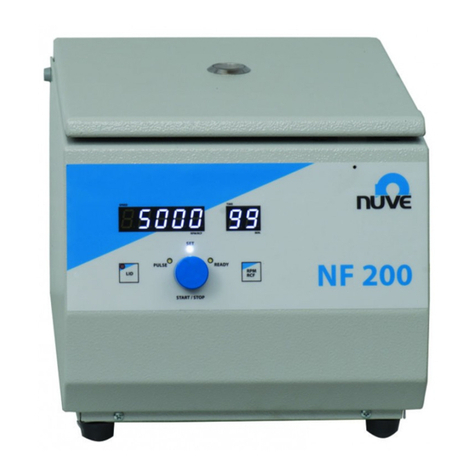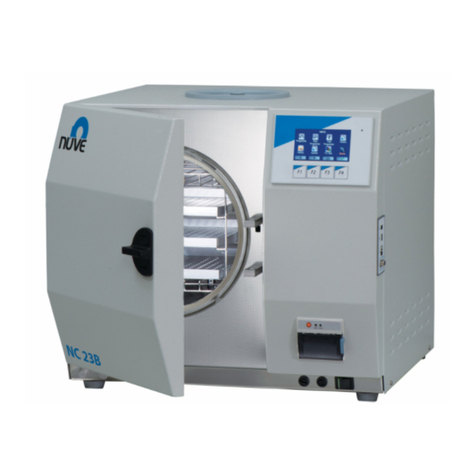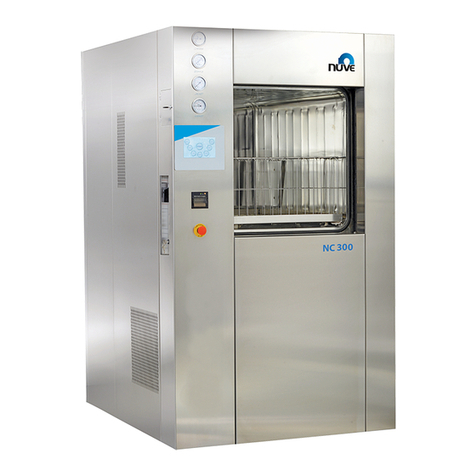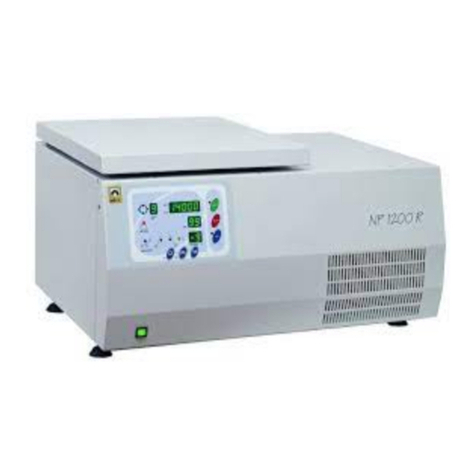
3
TABLE OF CONTENTS
SECTION 1 ......................................................................................................................................................4
INTRODUCTION..............................................................................................................................................4
1.1 USE AND FUNCTION .......................................................................................................................4
SECTION 2 ......................................................................................................................................................5
TECHNICAL SPECIFICATIONS.....................................................................................................................5
2.1 TECHNICAL SPECIFICATIONS TABLE...........................................................................................5
2.2 OPTIONAL ACCESSORIES.............................................................................................................5
2.3 GENERAL PRESENTATION............................................................................................................6
SECTION 3 ......................................................................................................................................................7
INSTALLATION PROCEDURE.......................................................................................................................7
3.1 LIFTING AND TRANSPORT .............................................................................................................7
3.2 UNPACKING .....................................................................................................................................7
3.3 POSITIONING...................................................................................................................................7
3.4 MAINS SUPPLY ................................................................................................................................8
3.5 PRIOR TO INCUBATION ..................................................................................................................8
SECTION 4 ......................................................................................................................................................8
OPERATING PRINCIPLES.............................................................................................................................8
4.1 SWITCHING ON................................................................................................................................8
4.2 DISPLAY AND CONTROL PANEL....................................................................................................9
4.3 PROGRAMMING SUMMARY ........................................................................................................ 10
4.4 COMPLETION OF THEWORK...................................................................................................... 11
SECTION 5 ....................................................................................................................................................11
PERIODIC MAINTENANCE AND CLEANING .............................................................................................11
5.1 PERIODIC MAINTENANCE........................................................................................................... 11
5.2 CLEANING ..................................................................................................................................... 11
SECTION 6 ....................................................................................................................................................11
DISPOSAL MANAGEMENT CONSEPT.......................................................................................................11
SECTION 7 ....................................................................................................................................................12
TROUBLESHOOTING ..................................................................................................................................12
7.1 ERRORS RECOGNISED BYTHE MICROPROCESSOR CONTROL SYSTEM ........................... 12
SECTION 8 ...................................................................................................................................................13
ELECTRICAL CIRCUIT DIAGRAM ..............................................................................................................13
8.1EN 300 ELECTRICAL CIRCUIT DIAGRAM.................................................................................... 13
8.2 EN 400 ELECTRICAL CIRCUIT DIAGRAM.................................................................................... 14
8.3 EN 500 ELECTRICAL CIRCUIT DIAGRAM.................................................................................... 15
8.4 EN 400P ELECTRICAL CIRCUIT DIAGRAM ................................................................................. 16
8.5 EN 500P ELECTRICAL CIRCUIT DIAGRAM ................................................................................. 17
SECTION 9 ...................................................................................................................................................18
WARNING LABEL.........................................................................................................................................18






